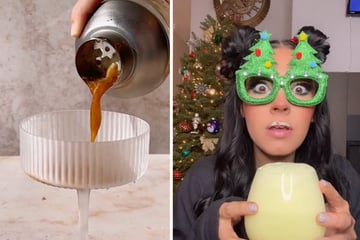Wrap your head around sustainable packaging this Christmas!
There's no Christmas without presents, and there are no presents without wrapping. The mountain of waste paper and packaging that rises up in many living rooms after the presents have been given plays on many a guilty conscience.
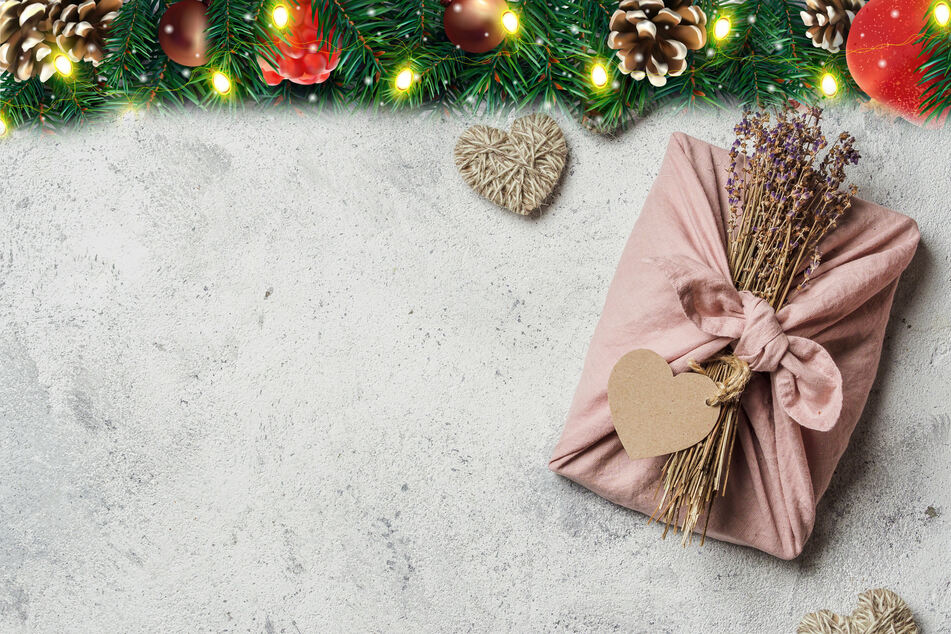
But what's the alternative? However well-intentioned, most would agree that old newspapers and advertising leaflets just don't make the most attractive wrapping paper.
So can you make it look good?
Yes, you can. After all, it's not just about pretty paper, but about the overall impression.
This impression is often helped by decorative touches like bows and ribbon. And these can be replaced with so many things: flowers, greenery, and fruit from your own garden or balcony, for example.
Here's our guide to sustainable wrapping that's both easy on the eye and on the environment!
Flowers and twigs instead of plastic bows
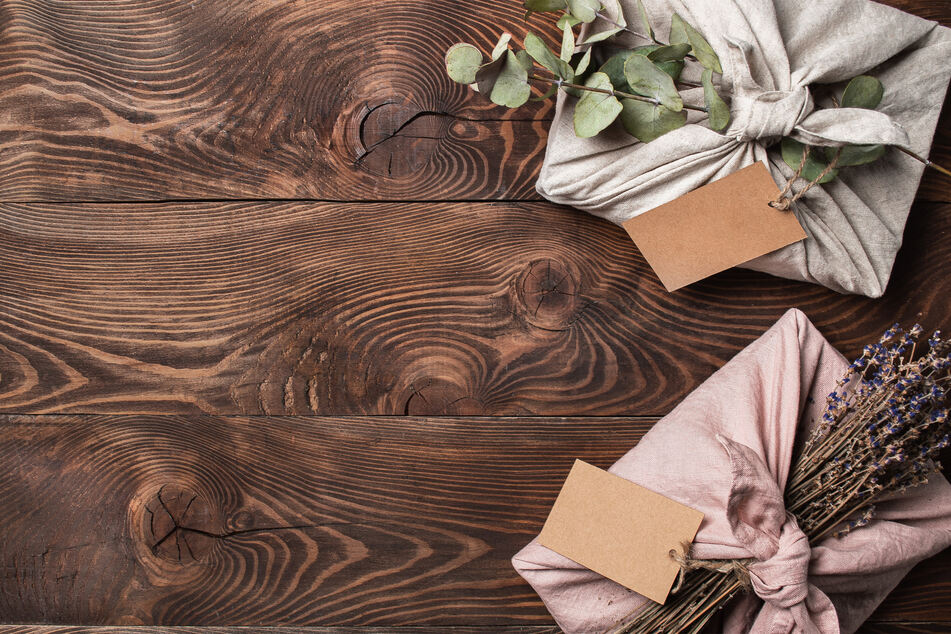
Blogger Katharina Funk decorates her gifts with fir greenery, rosehips and holly or small bouquets of dried flowers such as Italian strawflower, lilac, thistle or scabiosa.
Less is more, she says: "I think three is a nice number and a good size," says the hobby florist. She belongs to the Slowflower movement, an association of florists and gardeners for more sustainable cut flower production.
Funk first uses florist's wire to wraps the short-stemmed flowers and hold them on the present. The wire is then covered with raffia string. Her tip: "Leave a piece of ribbon that you can use to tie a bow later."
Of course, you don't have to go without everything: the usual fabric ribbons and bows can be considered sustainable packaging because they can be recycled many times. Smooth out the creases, wrap the ribbons over boxes of empty kitchen rolls and keep them that way until the next time you need to wrap them.
Wrapping paper with potato printing and a Japanese tradition
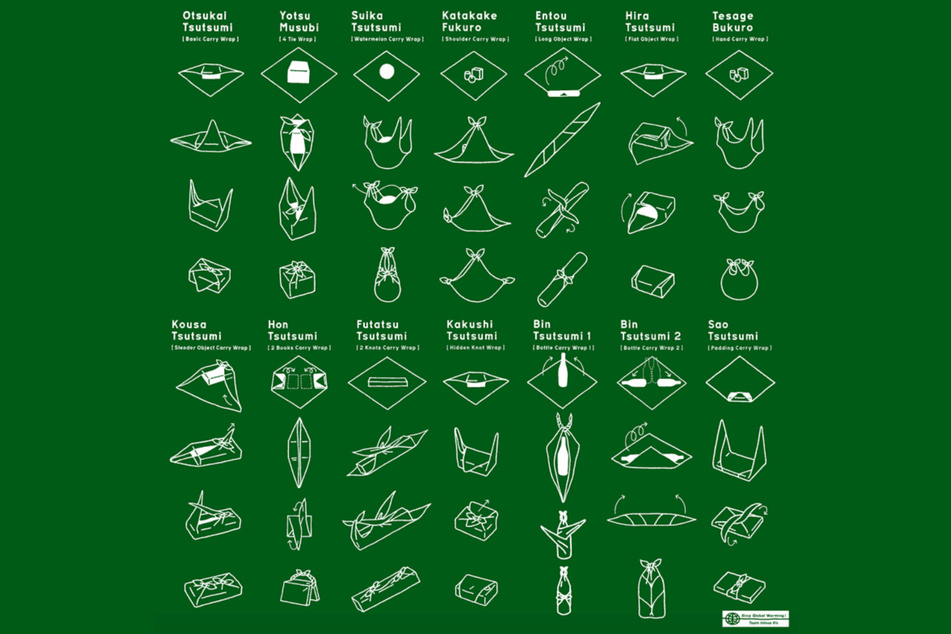
When giving presents, it is best to avoid using coated decorative paper, as it cannot be recycled like waste paper. Alternative papers and also fabrics as packaging can be embellished with a little handicraft: paint them, use potato printing or - a little more elaborate - linoleum printing.
Japanese tradition: Wrapping in fabric
Another idea for wrapping comes from Japan: furoshiki. This translates as "bath towel." In the past, the cloth was folded into a bag to transport clothes.
Today, the knotting technique is often used to wrap gifts, as it is more beautiful but also more elaborate than simply knotting a cloth into a bag shape.
Instructions are available online from the Japanese Environment Ministry. This idea is particularly good for when you also want to give the wrapping as a gift – for example, if your present included a scarf or shawl.
Look for unusual packaging
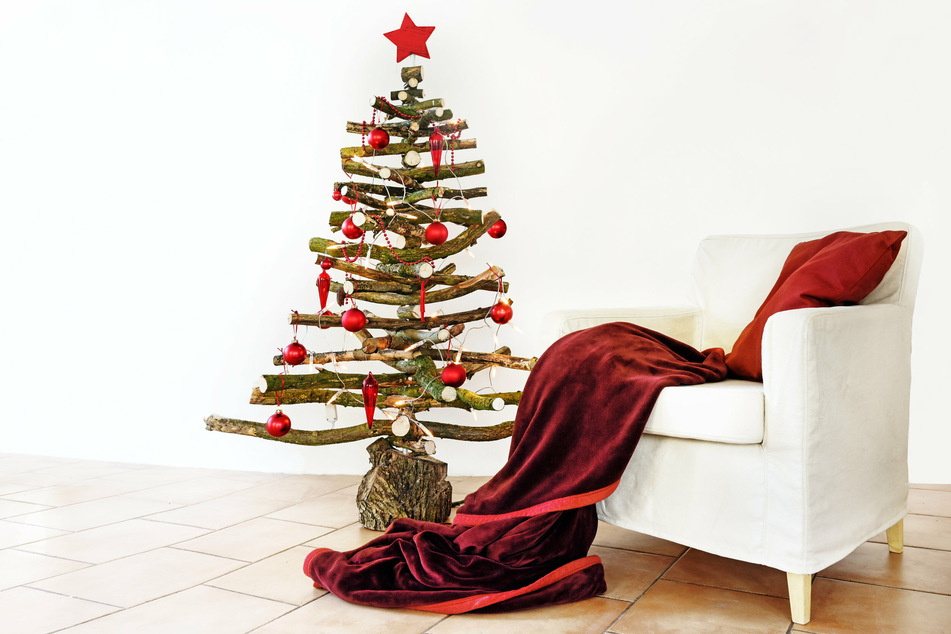
Almost all gifts are given in paper or decorative foil - but wouldn't an alternative be more interesting? What if, for example, you received a small walnut with a bow around it instead? Wouldn't that be special in itself?
One idea from online creative portals is to put a small piece of jewelry in empty walnut shells and glue them shut.
Or look for nice vintage tins at flea markets: they can be used as packaging and the recipient gets an attractive storage container for his or her coffee as a bonus.
And how about giving that dreaded Christmas present – a pair of socks – but this time using the socks as packaging for the actual gift?
Ultimately, your imagination is the only limit to coming up with alternatives to traditional wrapping, so have a Merry – and sustainable – Christmas!
Cover photo: Collage: IMAGO / Panthermedia & 123RF/usis
